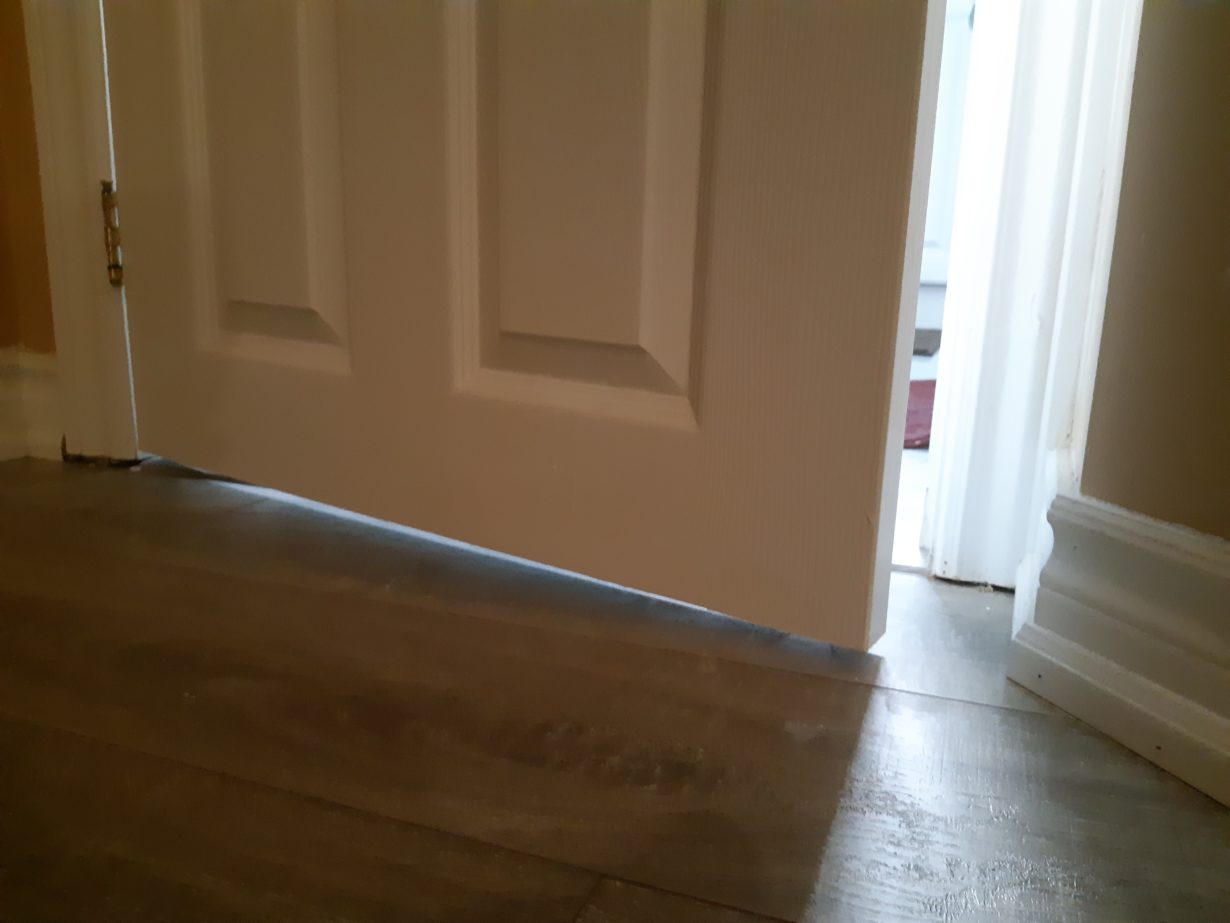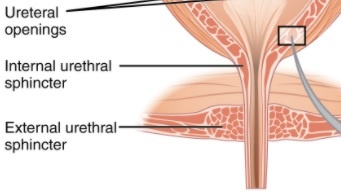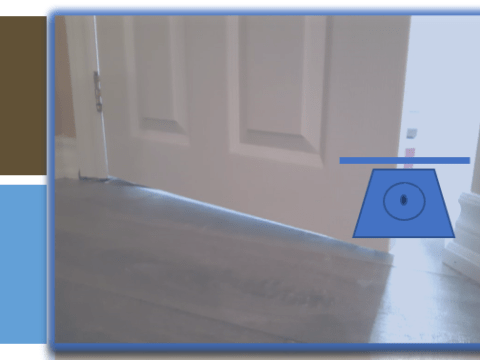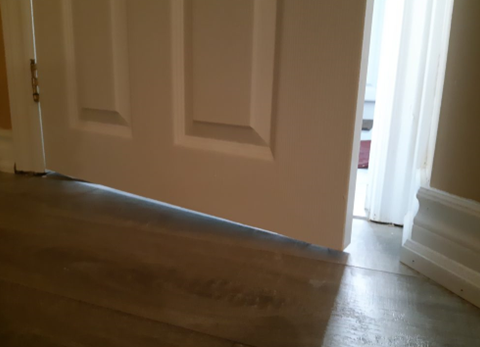
A stroke can cause urine incontinence. This occurs due to the disruption of the brain-bladder communication channels. This post explores how it happens.
The bladder control mechanism
Figure 1 depicts the inside of a bladder.
The tubes (ureters) transport urine from our kidneys to the bladder. The bladder can store about 450-500ml of urine.
Its wall consists of a strong muscle layer, called the “detrusor muscle”. This muscle contracts to squeeze out urine when the specialized brain areas send messages to do so.
However, the brain should receive information from the stretching bladder wall due to an increase in urine volume. This happens through a web of nerve endings that populate the outer layer of the bladder wall.
The message goes up to a place at the lower part of the brain stem.

A cross-section of the bladder. Source: Wikimedia Commons. illustration from the Illustration from Anatomy & Physiology, Connexions Website, licensed under CC BY 3.0
The role of the two gates in the incontinence
Go through Figure 2. Find out the two control gates, named “sphincters”.
- The inner gate (named inner urethral sphincter)
- The outer gate (named outer (external) urethral sphincter).

Bladder gates (changes made by strokecarer.com). Source: Wikimedia Commons. illustration from the Illustration from Anatomy & Physiology, Connexions Website, licensed under CC BY 3.0
We can find these gates near the tapering lower end of the bladder. As soon as the transit centre at the spinal cord receives approval from the brain, it messages the gates open, and the bladder wall contracts. As a result, urine will flow out.
Brain areas that prevent incontinence problems
When the bladder wall muscle – detrusor – stretches with urine, the nerve network that covers its wall messages the centre at the Pons via the spinal cord. This centre, named “Pontine micturition centre”, seeks permission from its higher centres to activate the peeing reflex which it normally does. Under normal situations, the higher centres veto the Pons’ centre’s request until a suitable time and place is found to pee. Now, the higher centres suppress this urgent message to contract from the bladder wall and relax the internal gate.
In contrast, the other route transports messages to inhibit wall contraction and close valves.
Stroke can disrupt brain-bladder communication causing continence problems.
Stroke kills neurons in areas where the blood supply is stopped. It happens due to a blockage to the supply or a rupture of a carrying vessel. The former is called “ischemic stroke” and the latter is called “hemorrhagic stroke”. These stroke types are discussed in this post. When the disruption to the blood supply occurs in the areas responsible for peeing, peeing problems result.
Further reading
- How to regain bladder control after a stroke
- What are stroke-associated bladder problems?
- A buying guide for absorbent products
- Body-worn urine absorbent products



